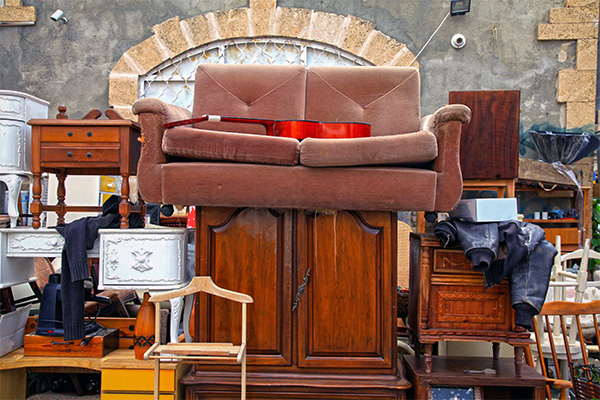How To Select The Right Dumpster Dimension For Your Project: A Comprehensive Overview
How To Select The Right Dumpster Dimension For Your Project: A Comprehensive Overview
Blog Article
Material Composed By-Hahn Duckworth
When starting a project that needs a dumpster, the size you choose can greatly affect its performance and cost-effectiveness. Envision having the ideal container that suits all your waste without being excessively huge or as well little. Everything begins with comprehending the nuances of your job and choosing a dumpster size that lines up with your specific needs. So, before you choose, think about the elements at play to make certain a seamless waste management process from start to finish.
Variables to Think about
When choosing the appropriate dumpster size, there are several essential factors to think about.
Initially, consider the type of waste you'll be dealing with. Different products might call for varying quantities of room, so recognizing what you'll be putting in the dumpster is crucial.
Next off, analyze the quantity of waste you expect to produce. If you underestimate the volume, you might require to make numerous trips to dispose of whatever, which can be inconvenient and pricey. On the other hand, renting a dumpster that's also large can result in unneeded expenses.
In addition, consider the room where the dumpster will certainly be placed. Ensure there's enough room for the dumpster to be provided and grabbed without any blockages.
Finally, think about any type of weight constraints that may apply. Exceeding the weight limitation can result in added fees and even the refusal of service.
Dumpster Dimension Choices
For choosing the appropriate dumpster size, it's necessary to have a good understanding of the offered options. Dumpster dimensions usually range from 10 to 40 cubic yards, with variations in between.
A 10-yard dumpster appropriates for small tasks like a garage cleanout or a little improvement. If you're tackling a medium-sized task such as a cooking area remodel or a cellar cleanout, a 20-yard dumpster might be the right option.
For bigger projects like a whole-house renovation or industrial building, a 30 or 40-yard dumpster could be preferable to fit the volume of waste created.
When selecting a dumpster dimension, take into consideration the amount and kind of debris you anticipate to throw away. It's better to choose a slightly larger dimension if you're unsure to stop overfilling. Remember, it's more economical to rent a dumpster that fits your requirements instead of having to order an added one.
Matching Dimension to Job
Optimally matching the dumpster size to your job is important for effective waste management. To determine the right size, think about the range and nature of your project.
For little home cleanouts or remodellings, a 10-yard dumpster might be sufficient. learn this here now are generally 12 feet long and can hold around 4 pickup truck lots of waste.
For bigger projects like redesigning several areas or removing a large estate, a 20-yard dumpster may be preferable. These are around 22 feet long and can hold roughly 8 pickup loads.
If https://www.prnewswire.com/news-releases/neighborly-acquires-junk-king-the-nations-top-rated-junk-removal-and-hauling-company-301666007.html or commercial renovation, a 30-yard dumpster could be the best fit. These dumpsters have to do with 22 feet long and can accommodate concerning 12 pickup truck lots of particles.
Matching the dumpster size to your task ensures you have sufficient room for all waste materials without paying too much for extra capability.
Conclusion
In conclusion, selecting the ideal dumpster dimension for your project is vital for reliable garbage disposal. By taking into consideration aspects like the kind and amount of waste, area schedule, weight limitations, and budget plan constraints, you can guarantee you have the proper dimension dumpster for your requirements. Make sure to match the size of the dumpster to the extent and nature of your job to avoid overspending on unnecessary expenses.
